Steve Winwood Rocks
After more than a half century on the international stage, Steve Winwood has not lost a step in the quality of his musicianship and performance. We got a chance to catch him in […]
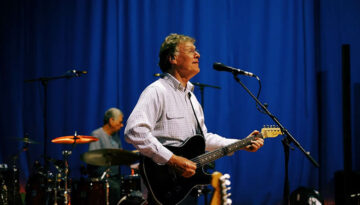
After more than a half century on the international stage, Steve Winwood has not lost a step in the quality of his musicianship and performance. We got a chance to catch him in […]
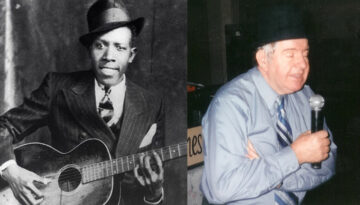
Buy King of the Delta Blues Singers On November 23, 1936 in San Antonio, TX, a young blues man from the Mississippi Delta cut the first half of his famed 29 recorded tracks. […]
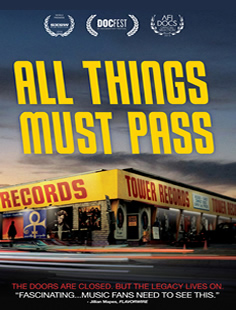
The chronological framework of Classic Rock Review spans the years 1965-2000 in order to coincide with the rise and fall of the traditional, artist-driven, hard-copy “album”. Nearly mirroring this time span and on […]

I recently read an article by NPR intern Emily White in which the 21-year-old pretty much bragged that, despite possessing thousands of songs, she has never really purchased music. In David Clowery’s response […]
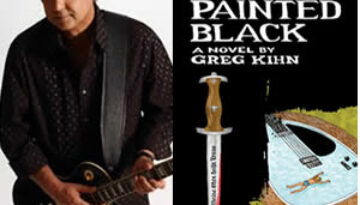
Adding to his long and distinguished career in rock music, Greg Kihn is now fully immersed in the world of creative fiction. His latest novel, Painted Black, is the second in a sequence […]
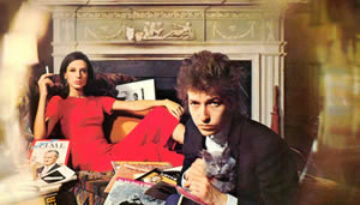
Buy Bringing It All Back Home Perhaps the most lyrically potent album ever, Bob Dylan delivered a masterpiece with his fifth overall album, Bringing It All Back Home, released 50 years ago today […]

This week Classic Rock Review joins the celebration of the 45th Anniversary of the historic 1969 Woodstock Music Festival. In conjunction with Top 9 Lists, we present a list of the Top 9 […]
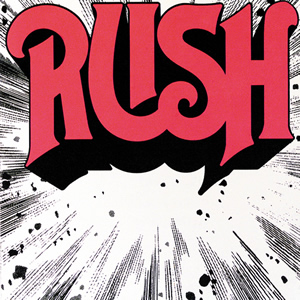
Buy Rush Rush burst onto the international scene in 1974 with an energetic and entertaining debut album. The only album to feature drummer John Rutsey, this self-titled album is also unique in the […]
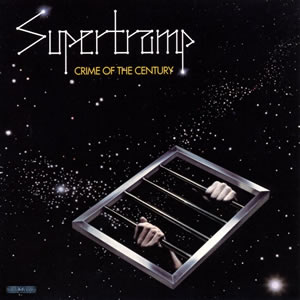
Buy Crime of the Century Crime of the Century was the album where it all came together for Supertramp, as they composed scores of tracks in order to find the best eight to […]
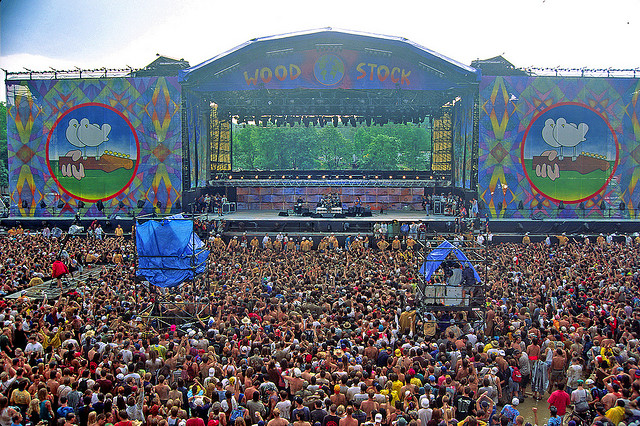
Through the long history of rock and roll, there have been impressive second acts. We’ve spoken about such comebacks during some of our late 1980s reviews, most prominently the full re-ascent of the […]